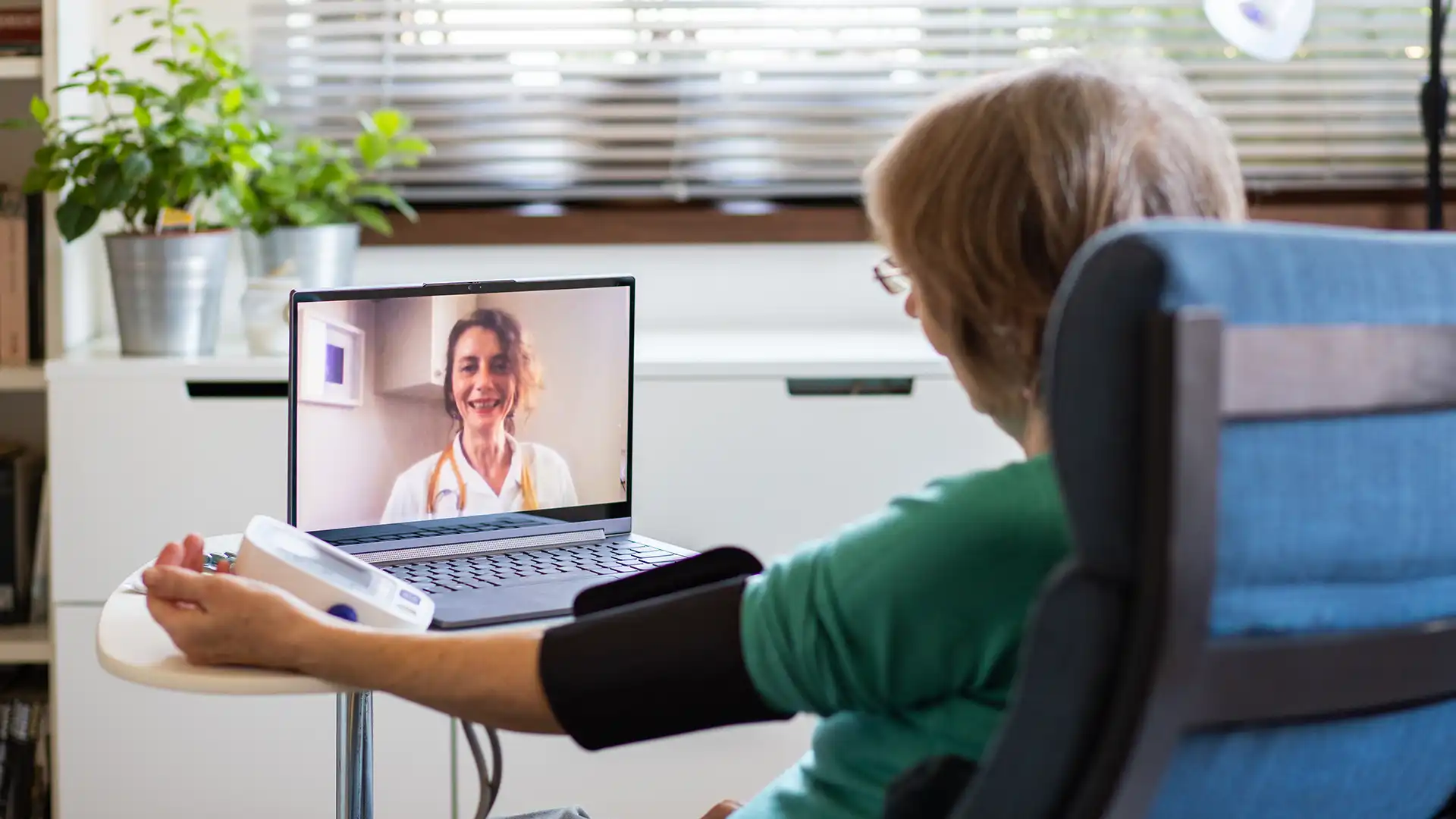Living in a rural community shouldn’t mean settling for less when it comes to healthcare. Yet for millions, distance, transportation, and a lack of nearby providers limit access to quality care. Enter telehealth, a powerful solution that’s changing the game. From virtual doctor visits to remote patient monitoring, the benefits of telehealth are revolutionizing how rural populations access medical care, and the results are nothing short of transformative.
Bridging the Distance Gap
One of the most immediate benefits of telehealth is that it breaks down the long-standing barriers created by geography. In rural areas, patients often live dozens or even hundreds of miles from the nearest hospital or clinic. Bad weather, limited public transportation, and poor road conditions can make even simple checkups challenging.
With telehealth in rural locations, patients can access care without leaving their homes. They can speak directly with physicians, nurses, or mental health professionals through video calls, phone consultations, or secure messaging platforms. This saves time and ensures that care is more accessible, especially for older adults, people with disabilities, or those without reliable transportation.
Improving Health Outcomes Over Time
When care is easier to access, it becomes easier to maintain. Patients are more likely to follow medical advice, adhere to medication plans, and proactively address potential health issues. This is especially important for managing chronic conditions, such as hypertension, diabetes, COPD, and heart disease, common ailments in underserved areas.
Telehealth in rural areas has been shown to lessen hospital readmissions and emergency room visits by offering consistent follow-up and real-time health monitoring. Patients can share their blood pressure readings, blood sugar levels, and other vital signs directly with providers, who can then adjust treatment plans without requiring a physical visit.
Addressing Mental Health Needs
Mental health care has long been neglected in rural settings. Many communities lack licensed therapists, counselors, or psychiatrists altogether. When help is far away or nonexistent, people often go untreated, leading to worsening symptoms and increased risk of crisis.
Through telepsychiatry and virtual therapy sessions, rural residents can finally access the support they need. These services are especially valuable for teens, veterans, new mothers, and elderly patients, many of whom may be reluctant to seek mental health care in person due to stigma or privacy concerns.
This highlights the importance and use of telehealth in rural areas, particularly in breaking the silence around mental health and making treatment more normalized and accessible.
Specialist Access Without the Travel
Seeing a specialist is often a significant hurdle for rural patients. Appointments may require travel to a major city, waiting months for availability, and taking time off work or school. That’s where telehealth services in rural areas make a huge difference.
With the help of teleconsultations, patients can connect with cardiologists, oncologists, dermatologists, and other specialists remotely. Local primary care providers can coordinate these virtual visits, ensuring their patients receive expert care without the logistical burden of long-distance travel.
This collaboration between local and remote providers enhances outcomes while keeping patients connected to their communities.
Lowering Healthcare Costs
Another significant yet often overlooked benefit of telehealth is the cost savings it provides for patients and healthcare systems. In rural communities, financial strain is a substantial barrier to consistent care. Traveling to appointments can involve fuel costs, overnight stays, lost wages, and childcare expenses.
Telehealth eliminates many of these costs. Patients can attend follow-up visits, receive lab results, and even access behavioral counseling from the comfort of their own homes. Healthcare providers also save money by reducing no-shows, utilizing resources more efficiently, and expanding their reach without the need to build new facilities.
These savings are crucial for systems trying to stretch limited rural healthcare budgets.
Emergency Care and Remote Monitoring
Rural emergency care presents unique challenges. Ambulance response times may be longer, and hospitals may be under-resourced. While telehealth cannot replace emergency services, it can play a key role in early intervention and post-emergency follow-up.
Remote patient monitoring tools, such as wearable heart monitors or mobile glucose meters, enable providers to track patients’ conditions in real-time. If something goes wrong, alerts can be sent immediately. Patients recovering from surgery or managing serious illnesses benefit from this kind of ongoing supervision, which provides peace of mind and faster responses to complications.
Promoting Preventive Care and Health Education
Telehealth also plays a valuable role in health education and prevention. Many rural residents struggle with limited health literacy, which affects their ability to manage their conditions and recognize warning signs.
Through telehealth platforms, providers can offer virtual workshops, nutrition counseling, diabetes education, smoking cessation programs, and more. Patients can access trusted information without leaving home or taking a day off work. This helps people make more intelligent choices and avoid preventable complications, another key benefit of telehealth that supports long-term community wellness.
Overcoming Infrastructure Barriers
While telehealth opens new doors, its success depends on internet access and digital literacy, two areas where rural communities sometimes fall short. However, new federal and state programs are working to close the digital divide.
Expanded broadband access, mobile hotspot distribution, and user-friendly telehealth apps make it easier for rural residents to connect with providers. Many health systems also offer patient support teams to help guide individuals through the use of their devices for virtual visits.
The benefits of telehealth in rural areas are increasingly within reach, even in the most isolated places.
Conclusion
The benefits of telehealth are not just convenient, they’re revolutionary for rural healthcare. By breaking down geographic barriers, improving care coordination, expanding access to mental health services, and reducing costs, telehealth redefines how and where healthcare is delivered. This shift offers hope, access, and a better path forward for communities that traditional medical models have often overlooked.
As technology continues to evolve, the healthcare landscape will continue to undergo significant shifts. However, one truth stands firm: virtual care is here to stay and can bring better health to rural America, one connection at a time.
Ready to experience the benefits of virtual care? Visit our reliable and trusted telehealth services to get started today.
Frequently Asked Questions (FAQs)
How does telehealth improve healthcare in rural areas?
It eliminates travel barriers, increases access to specialists, and allows for more consistent monitoring of chronic conditions.
What potential impact does telehealth have on delivering quality care in rural areas?
Telehealth enhances care by facilitating earlier diagnosis, more frequent follow-ups, and improved access to mental health and specialist care.
Why is the importance of telehealth in rural areas growing?
It fills the gaps in traditional healthcare systems by delivering timely, affordable, and accessible care directly to underserved populations.



